Haworthia maughanii plants are miniature versions of Haworthia species which are originating from South Africa. Further they belong to genus Liliaceae.
They are a fleshy perennial herb and they usually grow in a virtual manner. Haworthia maughanii leaves would be fleshy to the touch and cylindrical in shape.
Further Haworthia maughanii plant leaves would consist of lead edges in green color.
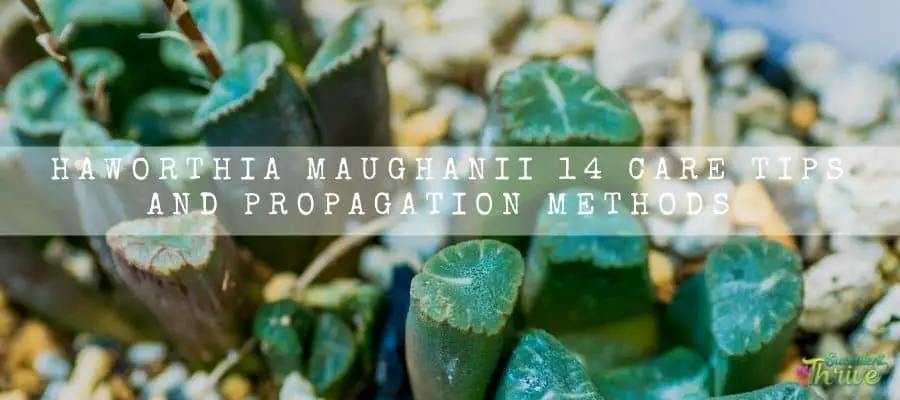
More about Haworthia maughanii
Their leaves have water conservation tissues which help for the penetration of the plant. As such you could simply say that these leaves comprise windows.
That consequently helps them to nourish the plant when they run short of adequate nourishment. Some of the common names of the Haworthia maughanii plants are such as Horse’s teeth, perdentene etc.
When it comes to the root systems of these plants, it is more tuberous and thicker when compared to other varieties. They are a peculiar and interesting set of plants.
You could simply place Haworthia maughanii at room temperature, and they would thrive well.
Many gardening lovers tend to grow these plants due to its easy maintenance and due to the attractiveness, it has.
How do I identify Haworthia maughanii?
You could identify the Haworthia maughanii plants from its leaves. Particularly the leaves which are forming at the base would tend to take an oblique shape
Further they are arranged in a loose rosette shape. Further, in terms of the shapes of the leaves, they would be more like semi cylindrical, truncated, and translucent.
You could spot their leaves in dark green, gray green or reddish brown too.
In terms of the lengths of the leaves, they would be 2.5 cm in length and 1.5 cm in width. Moreover, you could spot small windows on the leaves surfaces too. I
Size of the plant
Haworthia maughanii plants would usually rise to 3-5 inches in height.
Growth rate
Haworthia maughanii plants usually grow slowly.
One look care guide
| Botanical Name | Haworthia maughanii |
| Common Name | Horse’s teeth, perdentene |
| Plant Type | Succulent |
| Mature Size | 3-5 inches in height |
| Light | Full Sunlight to Partial sunlight |
| Soil Type | Well-draining |
| Soil pH | 5.0-7.0 |
| Bloom Time | Summer |
| Flower Color | White |
| Hardiness Zones | USDA hardiness zones 10a-11b. |
| Native Area | South Africa |
| Toxicity | Nontoxic |
| Average price | $ 40 |
How do you take care of Haworthia maughanii?
Light Requirement
When it comes to light requirements of these plants, they would enjoy growing in full sunlight to partial sunlight.
Having said that, refrain from exposing them to intense sunlight for prolonged periods as it could badly impact on the plant’s health and could cause sunburns of the plants.
In fact, exposure for intense sunlight could cause sunburns, leaf spots, discoloration of the foliage, withering of the leaf tips etc.
In addition to that it could further result in slow growth of the plant as well. On the other hand, if you expose them to shade for too long, that could cause improper blade arrangement.
Temperature and humidity
If I am to mention a more appropriate temperature range for these plants, it should ideally be a temperature range of 10 degrees Celsius – 30 degrees Celsius during winter.
Avoid exposing them for temperatures lower than 5 degrees Celsius as it could result in slow growth of the plants. In addition to that it would further result in frost damages also.
On the other hand, if we consider the temperature during summer, it should not ideally surpass 30 degrees Celsius.
You have to ideally spray moist around the pot in order to overcome the repercussions of this condition.
The exposure for temperatures below 41 degrees Fahrenheit is not healthy for these plants.
Haworthia maughanii plants are fond of warm dry and hot conditions. They do not prefer to grow in cold weather conditions and in intense sunny weather conditions. Instead, they would prefer to grow in semi shade.
Is it cold hardy?
Haworthia maughanii plants are frost hardy for 23 degrees Fahrenheit (-5 degrees Celsius) temperatures only.
USDA Hardiness Zone
Haworthia maughanii plants fall under USDA hardiness zones 10a-11b.
Watering Requirement
When it comes to watering the Haworthia maughanii plants, you need to always keep in mind that you should water them only when their soil is dry.
If you are unsure whether the soil is dry or soggy, best is to place your finger in the soil and see whether you feel it dry or soggy.
Further when you water them ensure that the excess water is draining through the draining holes of the pot.
On the other hand, you need to adjust the watering frequency depending on the season. For example, if the plant was exposed to rainfall for some time, you could minimize watering them.
On the other hand, when the plant is going through summer, you should consider watering them twice every week.
Further the exposure for cold winter conditions could result in root rot and in deaths of the plants too. However, if you keep the plant dry for several months, they could also revise with a once or two drinks of water.
Soil Requirement Type / pH
Haworthia maughanii plants are vulnerable to root rot just like other succulents do.
As such I would suggest you grow them in a sandy gritty soil mix as it would avoid the plant stranded in waterlogged situations.
Alternatively, you could make the right soil mix on your own. Further you may use coarse sand as the draining of the soil mix would be benefited from that. Ideal ph. of the right soil mix should be 5.0-7.0
Flowering and Fragrance
When it comes to flowering of the Haworthia maughanii plants, they produce white loose flowers during summer.
However, you could hardly identify them. They do not carry any specific fragrance either.
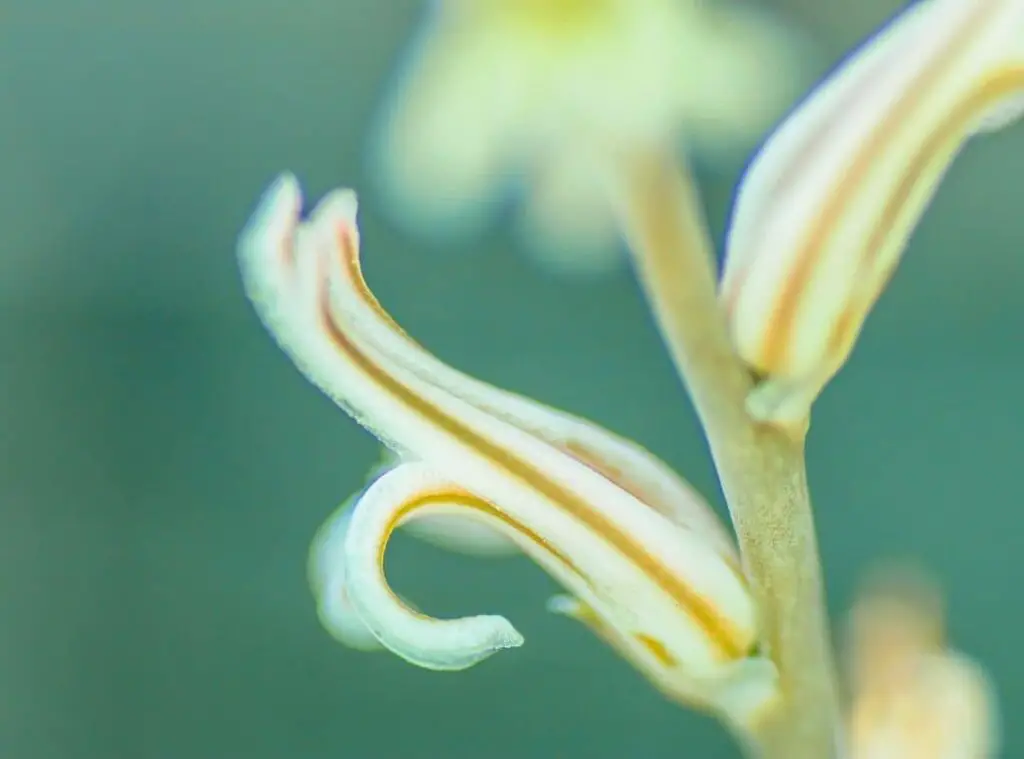
Pot size Potting and Repotting
Haworthia maughanii plant roots would usually deteriorate and they would start to rot as well. As such I would suggest you consider repotting them into a new pot.
As such, the best is to report them once every couple of years. Further when repotting you should always go ahead with a little deeper container so that it will help the long tender roots to retain in the pot safely.
You could do a small trick to identify whether you need to repot your Haworthia maughanii plants or not.
To do that you may place perforated paper towels in the bowl bottom which will rot in a couple of years.
Whenever you spot that your paper towels have rotted, you could consider repotting them. So, you simply have to take the plant out of its pot and place them in a slightly deeper new pot in which you have added a fresh soil mix.
First ensure that you are wrapping the plant’s roots loosely with soil. After that you may gently make sure that the plant is well established in the new soil mix.
Optionally you may also consider adding small stones or gravel in the pot which will give a nicer appearance to the entire specimen.
In addition to the nice look the small stones provide, they would further be helpful for the insulation of the wet soil. further they will avoid any decaying of the plant matter too.
The colonization of the fungal spores and the pests egg laying process will also be avoided from placing stones, grit in the pot.
However, when you place grit and stones in the soil mix, it will not be possible for you to identify whether their soil is dry or damp.
Where to Plant
You need to plant them in a fertile loose well-draining soil mix. Your soil mix needs to consist of essential nutrients.
Further for better results, you may plant Haworthia maughanii plants in terracotta pots. In addition to that you need to plant them in a place where they can gain adequate sunlight.
Having said that, if you forecast any intense summer conditions, you need to shift them to a cooler place during this time.
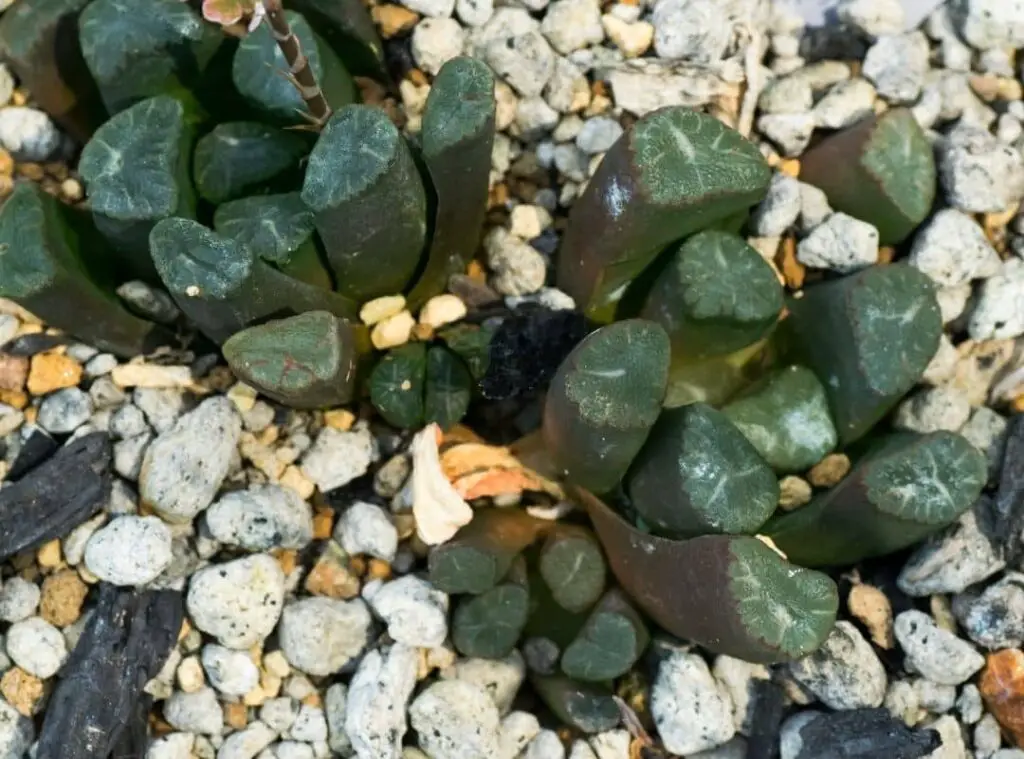
Fertilizer and time of year
Haworthia maughanii plants would be benefitted from fertilizing. However best is to use a thin fertilizer for this.
Further you need to feed them during their growing seasons which are usually spring and the fall. You may use a 20-20-20 nitrogen phosphorus potassium fertilizer.
You may refer to the labelled instructions when you are applying them. However, be vigilant to not over feed as it will badly impact on the plant.
Since these are a slow growing set of plants, they are not dependent on fertilizers heavily. As such you should avoid over feeding them and feeding them when they are in their dormancy too.
Further when you feed them, you could consider adding organic fertilizers or slow-release fertilizers or controlled release fertilizers.
Dormancy
Haworthia maughanii would go dormant in the peak of summer.
Can be toxic to pets
Haworthia maughanii are not toxic for pets.
Common bugs and illnesses
When it comes to the diseases, root rot and leaf spot are the two main biggest diseases which these plants would encounter. Faults in watering are what causes these conditions.
Whenever you spot any root rots you should disinfect the plant and apply a liquid solution of potassium permanganate for a few days and then place them in a shady place.
Further ensure that you water them properly. Be vigilant in watering and do not over water them at any given point of time.
Apart from root rots, Haworthia maughanii plants will have to encounter pests’ attacks from mealworms and from scale insects as well. To overcome them, you could use insecticides.
Special Care tips
Try to keep the plant dry during winter. Try to expose them for best sunlight during seasons like spring and fall.
When you are growing Haworthia maughanii as indoor plants, you should place them in a bright sunny spot.
On the other hand, if you have grown them outdoors you should bring them indoors to protect them from frost conditions.
In addition to that, always keep your plants clean and neat so that all the pests and fins types cannot reach these plants.
If you leave their surroundings untidy those places would be breeding places for pests. Above all, keep the plants under your observation so that you could see if there are any early signs of any diseases.
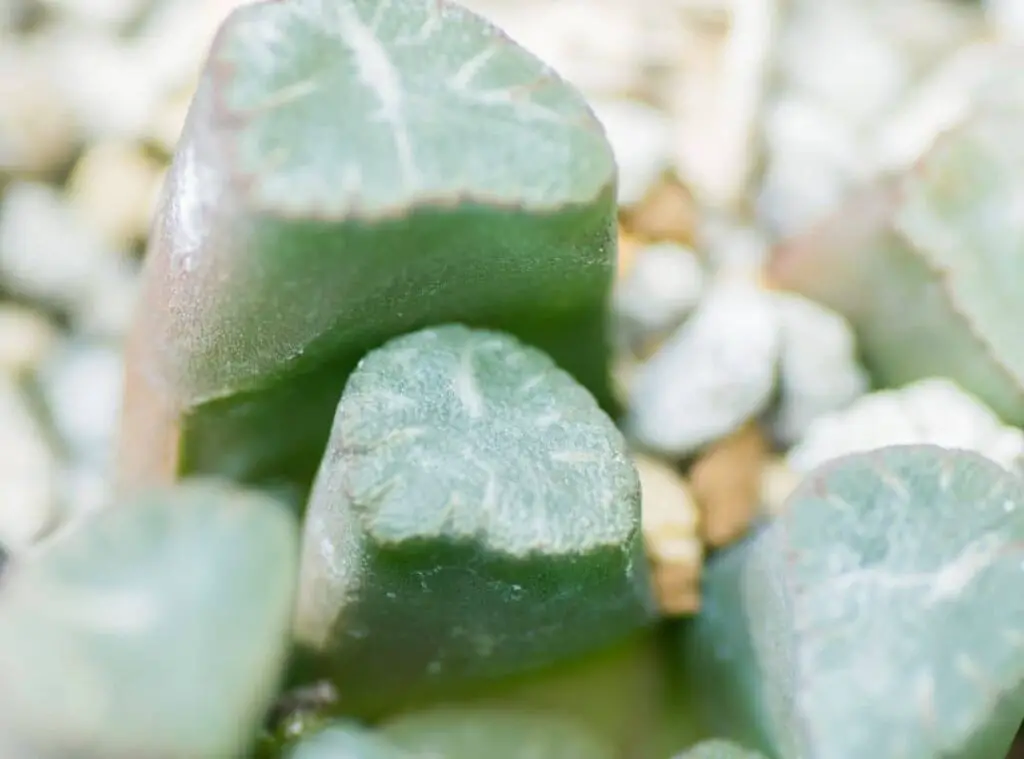
How to propagate Haworthia maughanii
You may use division and cuttings to propagate the Haworthia maughanii plants.
Division – when you change the pot during spring, you could take out the baby Haworthia maughanii plants and you may plant them directly in the pots.
In case the roots have not established vigorously you could insert them in a sand basin and later pot them in.
Cuttings – first of all, you should snip off mature fleshy Haworthia maughanii leaves and place them in sand beds.
When you are obtaining the leaves ensure those are healthy leaves. It will take about 20-25 days for the rooting process.
Haworthia maughanii plant benefits
Haworthia maughanii plants could be handy as decorative plants. You may place them in patios or in gardens.
Conclusion
Haworthia maughanii plants are a wonderful set of plants which anybody would love to have.
So, if you are willing to grow them, I hope this article was helpful for you to enhance your knowledge on caring for them and growing them well.
So, why wait! start gardening Haworthia maughanii plants!
Read Next : Sedeveria Lilac Mist Care | 13 Super Important Facts |
